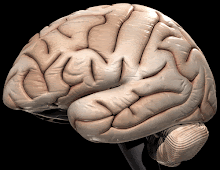Bees live in colonies called hives. Each colony has one queen bee, a few drones (males) and thousands of workers (females). The queen manipulates the behaviour of the workers through various pheromones. A successful forager bee communicates information about the source of food discovered by them to the others upon returning home. This they do by means of a round dance or a waggle dance.
During a round dance, the forager runs in small circles clockwise and anticlockwise, alternately. In the case of waggle dance the bee dance tracing a figure of eight. The round dance is performed if the food is within a short distance of say 100 m and the waggle dance, if the food is far away. The waggle dance is said to convey information on the distance between the colony and the food, the direction in which the food is located and the quantity is available. The dancer also carries the smell of the pollen and/or nectar that it recently came across.
Thus by this peculiar dance the bees find their way to the sources of food and the way back to the hive. This dance was first found by an Austrian zoologist Karl Von Frisch which got him the Nobel Prize in 1973.
During a round dance, the forager runs in small circles clockwise and anticlockwise, alternately. In the case of waggle dance the bee dance tracing a figure of eight. The round dance is performed if the food is within a short distance of say 100 m and the waggle dance, if the food is far away. The waggle dance is said to convey information on the distance between the colony and the food, the direction in which the food is located and the quantity is available. The dancer also carries the smell of the pollen and/or nectar that it recently came across.
Thus by this peculiar dance the bees find their way to the sources of food and the way back to the hive. This dance was first found by an Austrian zoologist Karl Von Frisch which got him the Nobel Prize in 1973.
